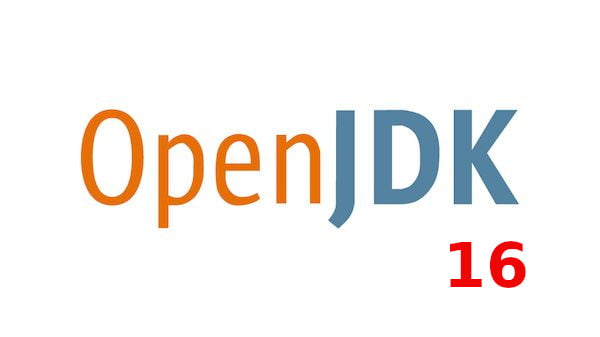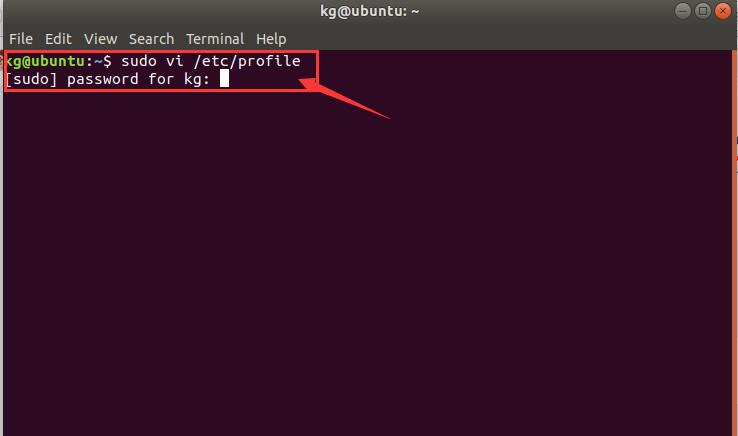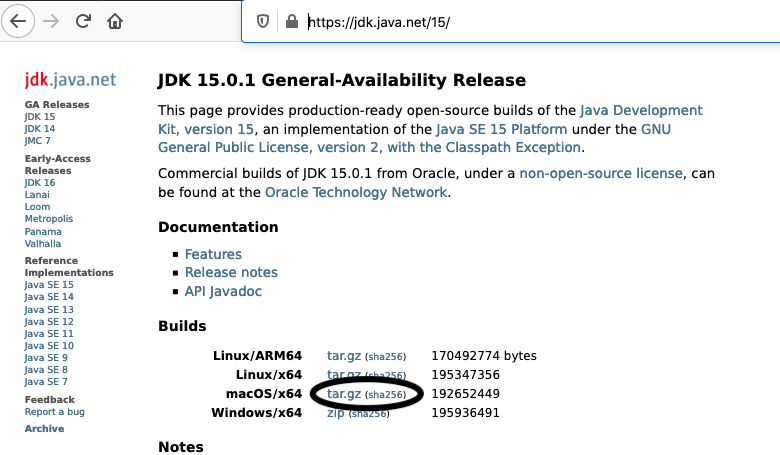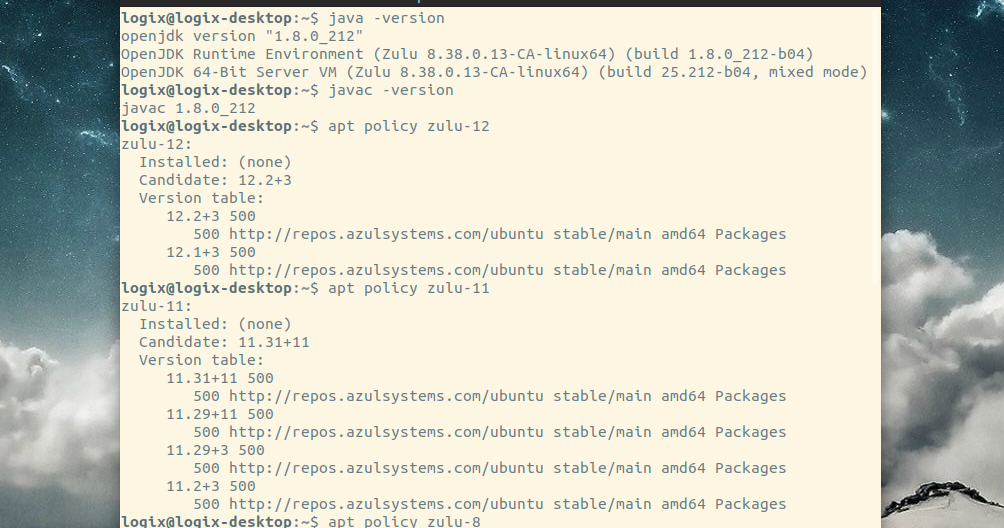

You may have to slightly modify the update-alternatives commands when using one of these alternative builds.
#OPENJDK 16 INSTALL#
These are in ascending order so the further down the list you go the newer version of OpenJDK it will retrieve: sudo snap install openjdk -candidate If you need an even newer version of Java than you are getting from the default snap there are some flags to install even newer ones. OpenJDK Server VM (build 16.0.1+9-snap, mixed mode) Bonus Tip OpenJDK Runtime Environment (build 16.0.1+9-snap) Sudo update-alternatives -set java /snap/openjdk/current/jdk/bin/javaĪnd that’s it! Go ahead and verify you are using the new Java version like this: $ java -version

Now at this point our new OpenJDK installation is installed and we just need to tell our system to use that for Java using update-alternatives: sudo update-alternatives -install /usr/bin/java java /snap/openjdk/current/jdk/bin/java 1 It’s not unusual to have to wait 5-10 minutes for each step. Once your system comes back online let’s install snap core and OpenJDK: sudo snap install core
#OPENJDK 16 UPDATE#
We will then use update-alternatives to point our /usr/bin/java to our new JDK installation.Ī reboot is required after installing snapd for the first time and it takes a lot longer to install via snap than it would via apt but since the packages are not available this is a great workaround! OpenJDK Update Instructionsįirst let’s install snapd and get our reboot out of the way: sudo apt update To get around this we’re going to use the “snapd” utility to install a much newer version of OpenJDK. This is happening for other applications as well because we are waiting for the Raspberry Pi OS team to jump to the next version of Debian (the underlying OS that Raspberry Pi OS is built on) which will bring a lot of these offerings more up to date. Raspberry Pi OS’s repositories have got quite dated for Java.

The Pi 400 is the fastest Raspberry Pi ever released and comes in the form factor of a keyboard!
#OPENJDK 16 FULL#
As a result, those packages have moved, and this will require changes to package imports.The Raspberry Pi 400 kit includes everything you need for a full Pi 400 desktop build. Oracle has chosen the Eclipse Foundation as the new home for the Java Platform Enterprise Edition.Due to lack of browser support for Java plugins, the Applet API has been deprecated in Java 11.The “var” keyword only affects local variables, and the Type Inference keeps you repeating the same text over and over again A developer-friendly keyword “var” was added in Java 11 to help to reduce boilerplate coding.This is very interesting for serverless-compute and one-offs in Kubernetes A REPL (read-eval-print-loop) tool, JShell, was added to Java 11 support interactive programming, similar to what is available in Python.Modularization also enables code to be refactored for easier maintenance, through a self-describing collection of code, data, and resources. The introduction of modularity in Java 11 to better support scaling down to small computing devices.

However, the biggest differences between Java 8 and Java 11 are: There are always a lot of little things that go into a release of Java, or any product for that matter.


 0 kommentar(er)
0 kommentar(er)
